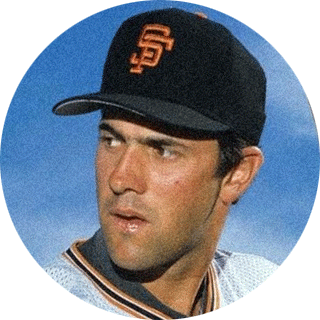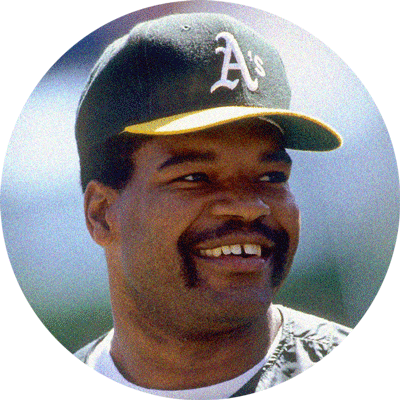Palm Slapper Almanac
A collection of how-tos, resources, and inspirations behind our favorite little single-game scorecard, the Palm Slapper.
Scoring Examples
Example #1: Traditional, Simplified Scoring
The cells in the Palm Slapper are very capable of supporting a simplified, traditional scorekeeping method.
In this example, we kept track of the result of each at bat, outs made, and runs batted in (using dots). You will have to make decisions about details that you track and don't track. For example, Acuña made the final out of the first inning on the basepaths in a rundown. The out was noted as taking place between first and second base, but the 4-3-6-3 sequence was not recorded.

Here's the bottom half of the scorecard for the same game. You can see there's still room for some flair where you'd like it.

Again, runs batted in are tracked with dots in the at-bat cell, as shown here to indicate Frazier drove in two runs with his triple.

The Palm Slapper is limited to one substitution slot. In this game, three players were used in the #2 spot in the lineup. Here's how we scored it:

Example #2: Slashes & Dashes!
In this example, base hits are marked with a dash (or series of dashes) and a numeral. One dash indicates a single, two dashes indicate a double, and three dashes indicate a triple. The numeral that accompanies the dashes notes where the ball was hit. So a hit marked "-7" indicates a single to left field. Some will use four dashes to mark a home run, but in this example a "HR" is used.
Lots of fun action in this wild tiebreaker game!

Game Gallery
Have a completed Palm Slapper scorecard you'd like us to add? Email it to us or submit it to us via Discord!

Submitted by: Jimmy B.

Submitted by: Patrick B.

Submitted by: L'il Babe

Submitted by: John R.



Submitted by: Jon S.
Design Inspiration
The visual design for the Palm Slapper is firmly rooted in the aesthetic of baseball cards from the late '80s and early '90s—especially the often-overlooked back sides of those cards.
One of our favorites is the 1989 Topps Big Baseball card series. Big Baseball was beautiful and controversial and a perfect "modern" distillation of the best of all baseball card design worlds.


While the Big Baseball card series stood out, almost every card design from the late '80s and early '90s had a wonderfully-designed back side that was jam-packed with stats and information.



The Numbers Game Squad
-

John Kuehl / C, SS
Send hand signalsBats righty, throws righty, scores lefty. Moves between Shortstop and Catcher in his 45-plus men’s baseball league and usually prefers whatever gets his jersey dirtier.
-

John Rockwell / LF
Holler at The KidBats righty, throws righty, scores righty. Suffered a career-ending hand injury in the 8th grade after a Pete Rose belly-flop steal into second base (safe, by the way).

